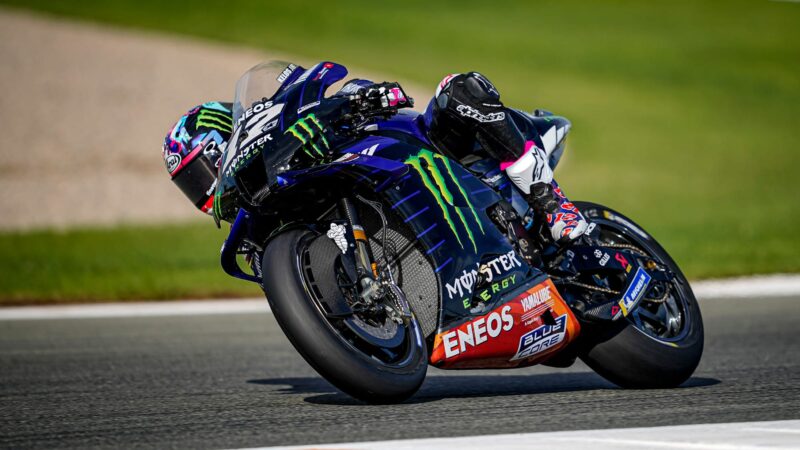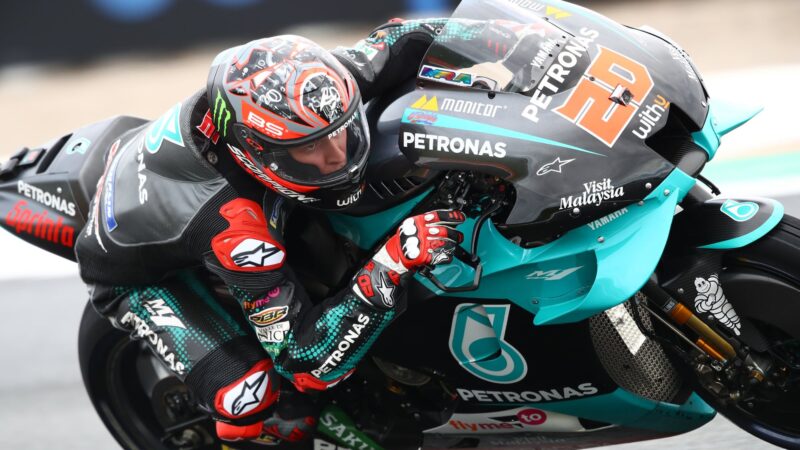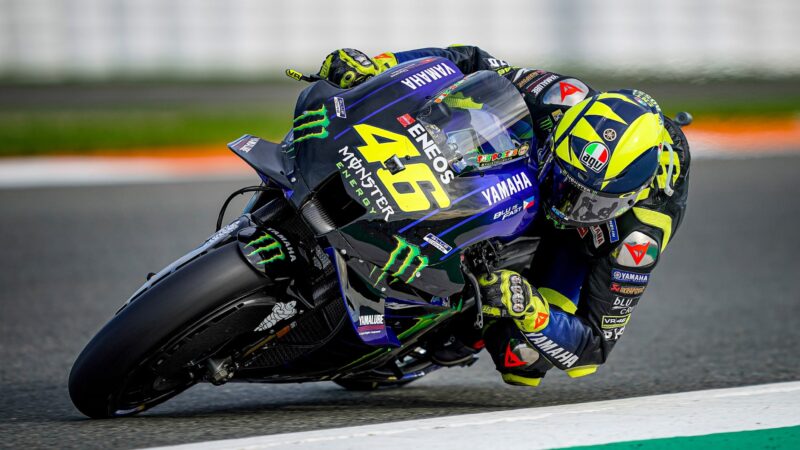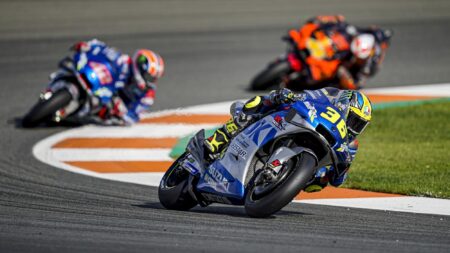This will surely prolong Yamaha’s pain. The factory’s main issues are the same they’ve been for several seasons – lack of brute horsepower and aggressive power delivery that causes the rear tyre to break traction, reducing acceleration – so its engineers badly need another stab at creating a better engine spec.
There’s little doubt that these problems come from the heart of the engine – poor combustion, incorrect crankshaft mass or whatever – but Rossi seems optimistic that Yamaha can massage the engine to improve performance from the outside.
“Now in MotoGP you can do a lot of things to improve performance from outside the engine, with electronics, cooling and the exhaust,” he said. “So if Yamaha work well and in the right direction we can do better.”
And what will Yamaha do about valves in 2021? Presumably its stock of 2019 valves, used since the second race at Jerez, won’t last into next season, so the MSMA (the manufacturers association) will have to allow Yamaha to use a new make of valve, if they want any M1s on the grid.
Yamaha’s valve nightmare began last winter when the company that makes the M1’s valves ceased manufacture. The factory found a new supplier for its valves but started the season using valves from two different companies. The valves were of the same spec, but they came from two different sources, which is against MotoGP’s engine rules that require each rider’s engines to be exactly the same as a sample engine delivered to MotoGP technical control before the first race.
MotoGP’s FIM stewards penalised Yamaha last Thursday, taking away constructor and team championships scored at the first race.

Viñales fights back from his pit-lane start on Sunday
Yamaha
However, because neither the stewards nor Yamaha would publicly comment on the case it was impossible to find out exactly what had happened. This was bad news for MotoGP as a whole and especially for Yamaha, which looked like it had committed a worse crime than was actually the case.
Only when Yamaha boss Lin Jarvis spoke to MotoGP pit-lane reporter Simon Crafar on Saturday afternoon did facts replace misinformation.
When two of Yamaha’s first batch of eight engines (fitted with valves from the new supplier) broke at the season-opening Spanish GP the company built subsequent batches of engines with valves from the old supplier; the same valves as fitted to the sample engine.
Therefore Yamaha made its only rules infringements when all four riders used the new valves at the first race and when Morbidelli used one of the first batch of engines during Styrian GP practice and qualifying. Apart from those instances, all Yamaha riders used engines fitted with old-spec valves.
The reason Yamaha wasn’t penalised until last week, despite breaking the rules in July, was because the company had commissioned an independent analysis of both makes of valve, hoping to prove to MotoGP technical control that they were exactly the same. The results of that test became available last week, forcing Jarvis to admit that there is “some nuance in materials”. Sanctions were therefore imposed.
For the sake of Yamaha and of MotoGP, there needs to be better communication when the stewards impose sanctions for more complex rules violations. There is nothing whatsoever to be gained by such a lack of transparency.





